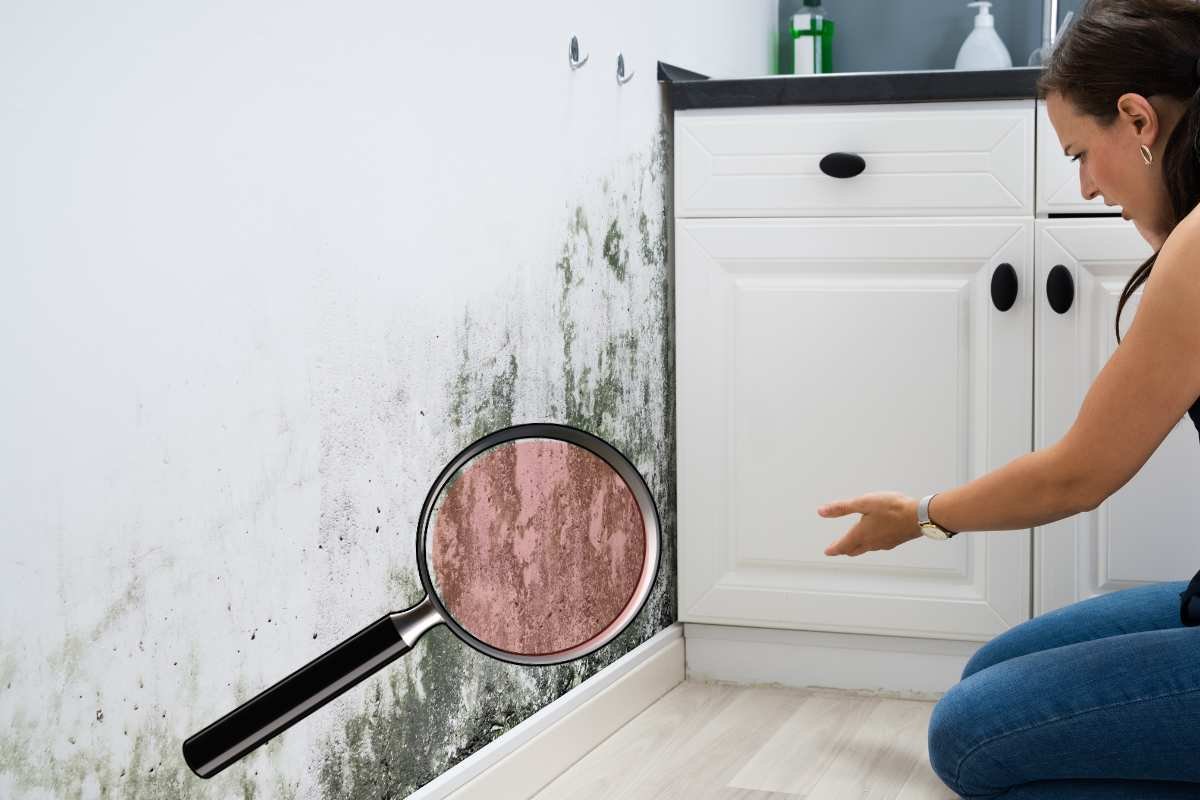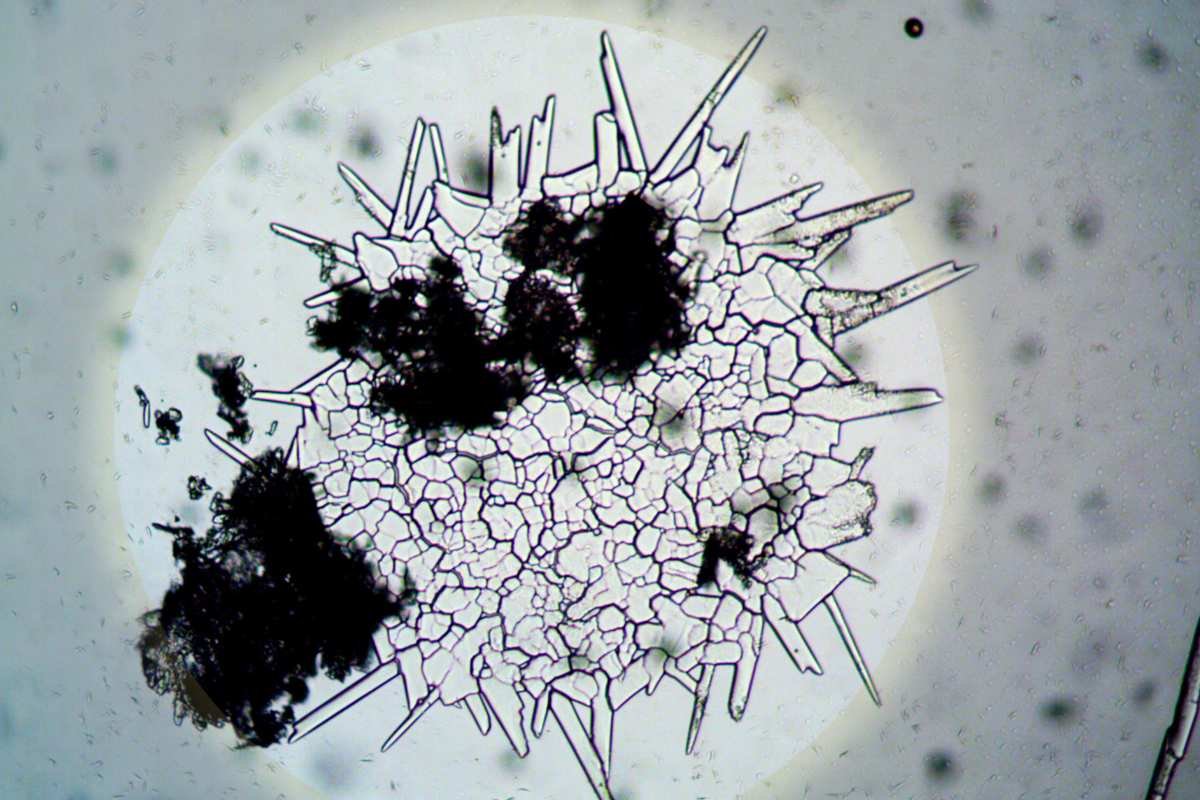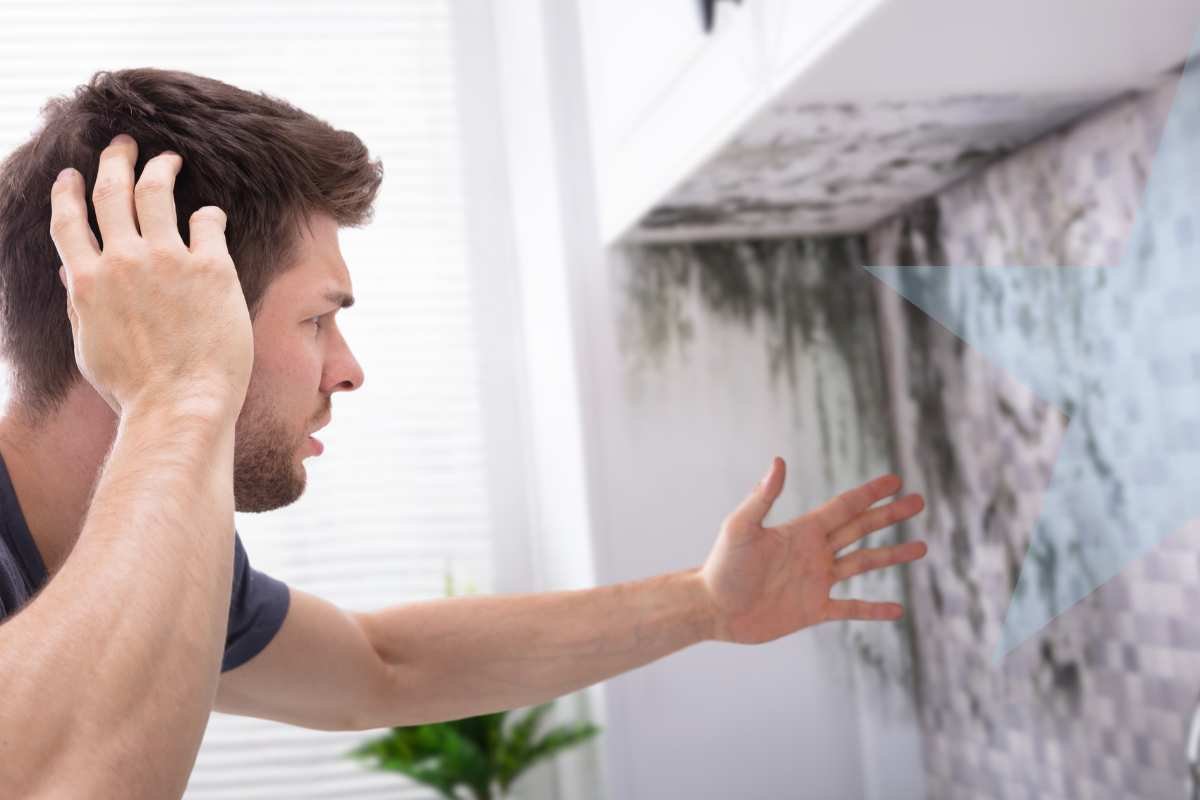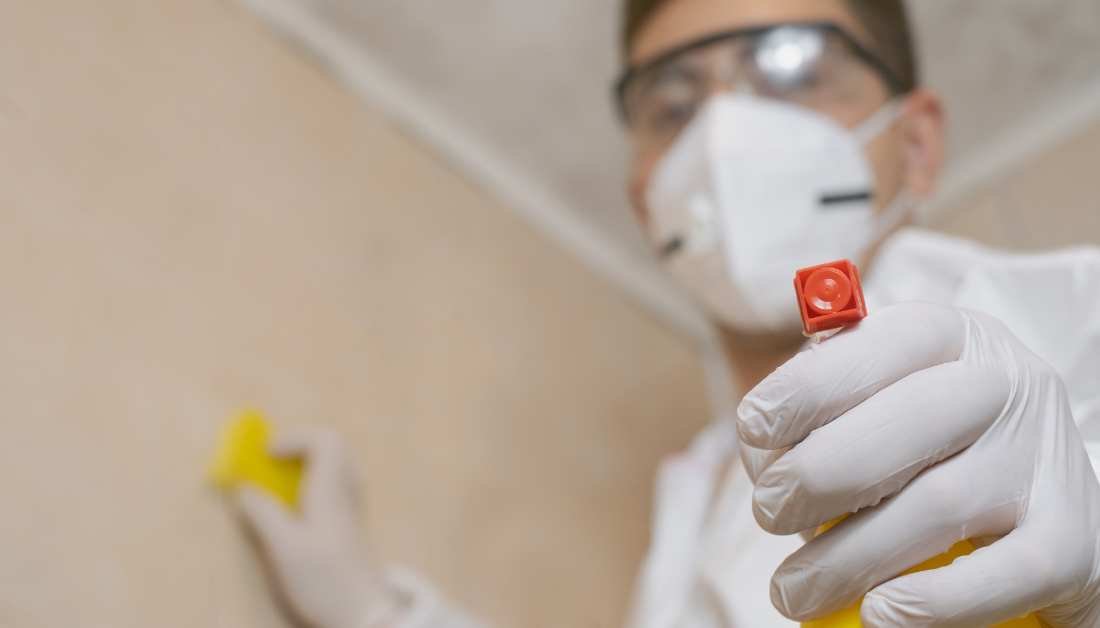Detecting mold, especially toxic black mold, is crucial to ensuring safety in indoor environments and the health of those living in them.
Among the many factors that could influence mold growth and its detection, the age of a building plays a significant role.
Older buildings particularly present a unique challenge, as they require specialized approaches that will account for building structural characteristics, the materials used, and environmental concerns.
Understanding how a building’s age affects mold testing strategies is essential for property owners, inspectors, and remediation professionals aiming to maintain structural integrity.
Structural Challenges in Old Buildings
Older buildings often feature architectural designs, construction methods, and materials that are no longer used in modern construction.
What does this imply?
Well, these factors significantly influence how and where mold develops, as well as the effectiveness of detection strategies.
For instance, many older buildings were constructed without modern waterproofing techniques. Foundations may lack proper sealing, and walls might have been built with porous materials like untreated wood or older forms of plaster.
So, you can see that these materials are more prone to moisture infiltration.
This is a key factor in mold growth.
Furthermore, aging roofs and plumbing systems can contribute to undetected leaks, creating ideal conditions for toxic black mold to thrive.
On this note, inspectors must account for all structural vulnerabilities when developing mold detection approaches. Tools such as moisture meters and infrared cameras are essential in identifying hidden damp areas, which may not be immediately visible.
In some cases, areas behind walls or under floors need to be examined, as older construction methods often create concealed spaces where mold can proliferate unnoticed.
Building Materials and Black Mold Susceptibility
The materials used to build older constructions have been known to thwart mold detection attempts.
For example:
If you live in an older house, there is a higher possibility that the materials used to create the living environment will include horsehair plaster, asbestos-containing products, or untreated wood. These materials may behave differently in response to moisture compared to modern synthetic materials.
One of their prominent features is that they are often more absorbent and tend to retain moisture for much longer, providing an ideal environment for black mold growth.

All too familiar, is the layers of paint or wallpapers in older buildings
Their intention may be for all the right reasons, but we cannot help but notice their ability to conceal mold patches.
This makes visual inspection INSUFFICIENT…
Mold detection in such cases often requires air sampling or surface testing to identify mold spores that may not yet be visible.
The presence of historical materials complicates the process, as some testing methods could inadvertently damage the structure or release harmful substances, such as asbestos, into the environment.
Ventilation and Air Circulation Issues
Ventilation systems in older buildings may not meet current standards, which can exacerbate mold problems.
In fact…
Inadequate air circulation allows moisture to linger, particularly in areas like basements, attics, and crawl spaces. Testing for mold in such environments requires strategies that consider stagnant air and high humidity levels.
Air sampling is an effective method to measure mold spore concentrations in these poorly ventilated areas.
This technique helps identify the presence of mold even when it is not visible, as airborne spores are often a precursor to significant mold growth. Inspectors of older buildings might need to conduct multiple air quality tests in different sections of the structure to understand how airflow patterns affect mold dispersion.
Historical Renovations and Mold Detection
Many ancient buildings undergo renovations to preserve their historical value or adapt them for modern use. While these renovations often improve structural integrity and functionality, they can also inadvertently disturb dormant mold spores or create conditions favorable for mold growth.
For example:
“Opening up walls or ceilings can release mold spores into the air, contaminating previously unaffected areas.”
When testing for mold in renovated older buildings, it is critical to conduct thorough pre-renovation and post-renovation INSPECTIONS. Pre-renovation testing helps identify mold issues that may be concealed behind walls or under floors, enabling remediation before construction begins.
On the other hand, post-renovation testing ensures that the renovation process has not introduced new mold problems or spread existing ones.
You have to Call a Mold Expert to be certain.
The Role of Environmental Factors
The geographical location and the surrounding environment of older buildings also play a crucial role in mold detection strategies.
Buildings in humid climates or those exposed to frequent rainfall are more susceptible to mold growth due to consistent moisture exposure. Older buildings with poor drainage systems or inadequate landscaping may face additional risks from water pooling around foundations, further complicating detection efforts.
Testing strategies must incorporate these environmental considerations.
For example:
Inspectors in humid regions might focus on areas where condensation commonly forms, such as windows, door frames, and HVAC systems. Seasonal changes should also be accounted for, as temperature and humidity fluctuations can affect mold activity and spore dispersal.
Advanced Testing Techniques for Old Buildings

To address the unique challenges posed by older structures, mold testing professionals often rely on advanced techniques that go beyond standard visual inspections. These methods provide a more comprehensive understanding of mold presence and distribution in buildings with complex histories and construction features.
Here are the top ones to have in mind when checking out your home:
Infrared Thermography
Infrared cameras are invaluable for detecting hidden moisture in old buildings. Because of their ability to identify temperature differences within walls, floors, and ceilings, thermography can reveal areas where moisture is likely accumulating.
This is possible even if there are no visible water damages.
Infrared thermography technology is particularly useful in areas where leaks or dampness might be concealed behind layers of materials.
Surface Sampling
Surface sampling is a technique that involves collecting samples from visible mold colonies or suspected areas of contamination.
In older buildings, where mold might be embedded in aged materials, this method allows inspectors to identify the specific type of mold present and determine whether it poses a health risk.
OR NOT!
Air Sampling
Air sampling is essential in older buildings, especially when mold growth is not visible. This technique measures the concentration of mold spores in the air and helps identify areas where mold is actively releasing spores.
It is particularly effective in detecting hidden mold, which is common in older structures.
Bulk Sampling
Bulk sampling involves removing a portion of building material for laboratory analysis.
This method is especially relevant in older buildings, where multiple layers of construction materials may harbor mold.
Bulk sampling provides detailed information about the extent and type of mold infestation.
Preventive Measures and Testing Strategies
Testing for mold in older buildings should not only focus on identifying existing mold problems but also on preventing future growth.
This involves assessing the building’s overall condition and identifying areas that are prone to moisture retention.
Regular Maintenance
Regular maintenance is crucial for mitigating mold risks in older buildings.
Inspections of roofing, plumbing, and HVAC systems should be conducted periodically to identify and address potential moisture sources.
Testing strategies should integrate these maintenance checks to ensure a proactive approach.
Moisture Control
Controlling moisture is the cornerstone of effective mold prevention. Inspectors should recommend measures such as improving drainage, sealing leaks, and upgrading ventilation systems.
These actions not only prevent mold growth but also simplify future detection efforts.
Documentation and Monitoring
Maintaining detailed records of past mold inspections and remediation efforts is particularly important for older buildings. This documentation helps identify patterns and recurring issues, enabling more targeted testing and prevention strategies.
Continuous monitoring through humidity sensors or moisture meters can provide real-time insights into conditions conducive to mold growth.
Health Implications of Black Mold in Old Buildings

Toxic black mold poses serious health risks, particularly in older buildings where prolonged exposure to spores is more likely due to structural vulnerabilities.
Inhabitants of such buildings are at higher risk of respiratory issues, allergic reactions, and other health problems caused by mold exposure. Mold testing strategies must, therefore, prioritize areas where occupants spend the most time, such as bedrooms, living rooms, and workplaces.
For professionals working in old buildings, mold exposure can also be an OCCUPATIONAL HAZARD.
Testing strategies should consider the needs of workers in these environments, particularly during renovation or construction activities that may disturb mold colonies.
Call a professional today and ensure you keep your home safe
Conclusion
Detecting toxic black mold in older buildings requires a nuanced understanding of how age-related factors influence mold growth and testing strategies. From structural vulnerabilities and outdated materials to inadequate ventilation and environmental challenges, older buildings present unique obstacles that demand specialized approaches.
By integrating advanced testing techniques, preventive measures, and a comprehensive understanding of building characteristics, professionals can effectively address the complexities of mold detection in aged structures.
Ensuring the safety and integrity of these buildings not only protects occupants’ health but also preserves the historical and cultural value of these architectural treasures.


